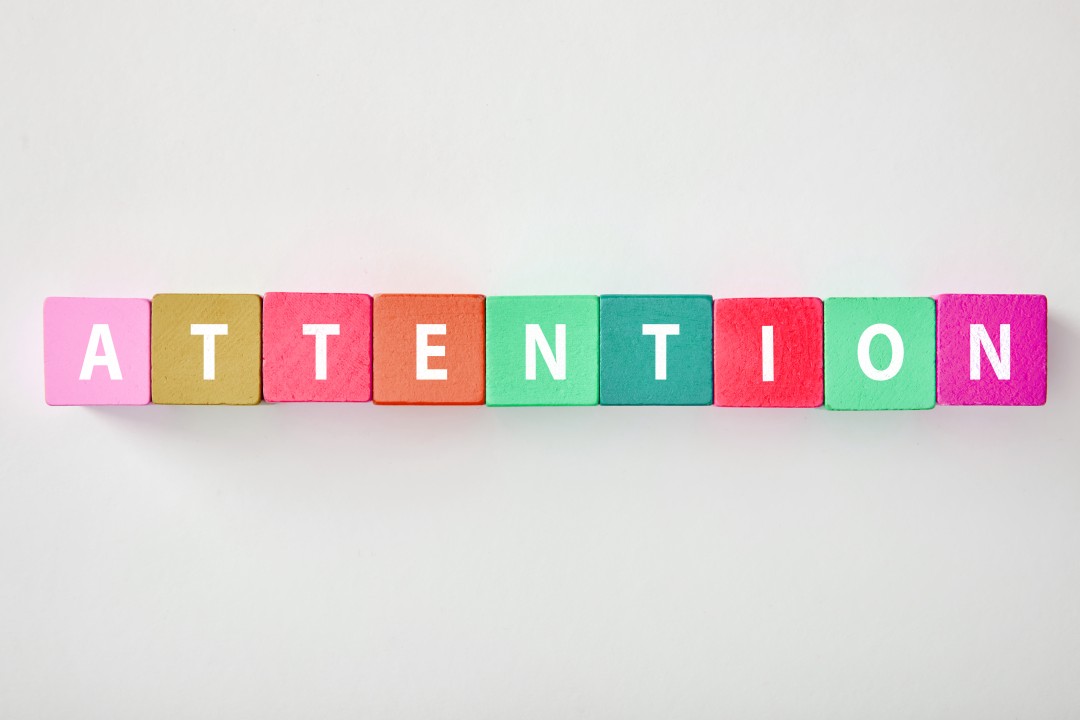Written by Paul Smith, SVP of Commercial, AdTonos
Chances are, if you’re in the advertising business, you may have heard of ‘the attention economy’ (you might have heard of it even if you’re not).

The concept in itself isn’t new – the term was coined in a 1971 paper by psychologist and economist Herbert A. Simon – and considers how our society has shifted away from a material economy, and towards an attention-based economy. Despite the Internet as we know it not being a defining feature of the landscape at the time, Simon identified that “a wealth of information creates a poverty of attention” – and this is a phenomenon we are all too aware of.
Online services, social media, news, and as much information and entertainment as we want at out fingertips, often for free, leaves many of us spoiled – almost tortured – for choice. And within this kind of attention economy, the companies that survive are the ones that manage to tune into consumer attention, and prove that their product/service meets a consumer want or need.
Businesses are constantly vying for consumer attention, and conversely, consumers are constantly searching for something: content, distraction, purpose, or necessity.
Finding value amidst the noise
The proliferation of devices, platforms, and formats makes the entire business of successfully winning attention quite the tricky endeavour for anyone. Netflix, for example, is pushing its gaming offering – by putting both video and games into one basket, the streaming giant hopes to lessen competition from the medium it considers its most threatening opponent.
And indeed, there is a reason why online and mobile games are so popular for industry players, whether they sit in the advertiser, subscription service, or brand camps: ads served on these mediums boast better ad equity, having increased by 5% since 2020.
In general, ad equity amongst audio ads across a range of services have improved over the last year, including ads on music streaming services (+3%) and podcast ads (+3%) doing better than social media story ads (+1%), which might come as a surprise to some.
Double down on creative capacities
When we measure ad equity, we are assessing the value of an ad to the end user – and every incremental gain in value benefits the company who is putting out the ad.
Enhancing the value and experience of the end user is, and always will be, a top priority for advertisers and brands. One way to ensure a positive experience is to double down on our creative capacities: what are we building that draws in consumers, that entices their spirit, that piques their interest?
In short: creativity is also what’s needed when it comes to building something new, something different, something that is outside the usual formula. And brands and their advertising teams – whether in-house or agency – are not only having to become more creative when it comes to the kind of ads they deliver, but also how and where they deliver them.
If we return to the spaces that see improved ad equity – games and audio platforms – the next step is logical: leverage both of these elements and you have interactive audio ads, either in-game, or any other medium, for that matter.
Choose your method
And while audio ads might seem a bit of a leap for some, the same rules apply as they would for any other creative: adapt to the format and medium and do not disrupt your audience. If website pop-ups are annoying – which is common knowledge, at this point – imagine interrupting someone mid-game! No doubt you would lose the customer quicker than you can say ‘game over’.
Fortunately, there is a lot of control when it comes to audio ads: you can set them up to trigger at particular points during gaming (or any other) activity, so that they do not catch your audience at a particularly high-pressure point. Instead, advertisers can offer rewards during gameplay, saving a user from tricky situations or provide game bonus coins, or play during intermission or a high score.
Outside of a gaming scenario, introducing interactive voice ads into a podcast or music makes responding to an ad incredibly easy and accessible for the user: all the listener needs to do is ask, and they can either be provided with contact details or set up an appointment on the spot, handsfree.
By leveraging in-game advertising, brands can connect with any generation – Gen Z, millennials, and the over 50s – they all play (albeit different games). Meanwhile, harness interactive audio ads on other streaming services, and you’re all set for reaching your customers wherever they are focusing their attention.



